Beef production: Riding out the cycle
Throughout 2024, US beef cattle producers worked to determine the next courses of action and what the herd rebuilding process will look like over the coming years.
During a recent analysis, Charlotte Talbott, animal agriculture sustainability analyst at RaboResearch, detailed strategies and management decisions for stakeholders that could impact the industry across the country.
Many headwinds remain for cattle producers, including record-low inventory, volatile markets influenced by inflationary conditions, and many operations recovering from drought even though they received some relief during the last calendar year.
At the beginning of 2024, the US Department of Agriculture’s National Agricultural Statistics Service (NASS) reported that the national cattle inventory was 87.2 million, down 2% from 2023. Statistics from NASS detailed that this was the smallest cattle inventory in 73 years.
With demanding headwinds, Talbott explained that it’s important to reset and look over the past 10-year cycle and see what could be tailored for the next 10 years.
“Historically, if you look at past rebuild cycles, we start going through expansion, and you generally see this kind of bump in productivity,” Talbott said. “I think it’s interesting because producers are looking at ways that they can maximize their efficiencies and be more productive as a whole.”
Talbott looked at many elements when assembling this analysis, including historical production and supply cattle cycle trends. After that, the firm will use a few future demand drivers that will be relevant in the next 10 years, including external factors like weather, regulatory environment and market conditions.
Talbott believes wrapping up all those different factors and building an outlook can help identify risks and opportunities for producers that can act to make their operations more resilient and ultimately more profitable.
“The cost of retaining a replacement heifer in the herd versus selling her for that profit is a big consideration,” Talbott said.
Another part of Talbott’s insights was that the management decisions for cattle herds continue to come into play, particularly with weather conditions and drought recovery in 2024. Still, there’s been a decline while looking at USDA pasture condition reports nationally.
Providing the proper timeline for cow-calf producers to figure out these choices on the growth of the herd remains central to the herd size going forward.
Questions about this Article?:

Copyright © 2021-2023. All rights reserved
This website stores cookies on your computer. These cookies are used to collect information about how you interact with our website and allow us to remember you. We use this information in order to improve and customize your browsing experience and for analytics and metrics about our visitors on this website. To find out more about the cookies we use, see ourPrivacy Policy.